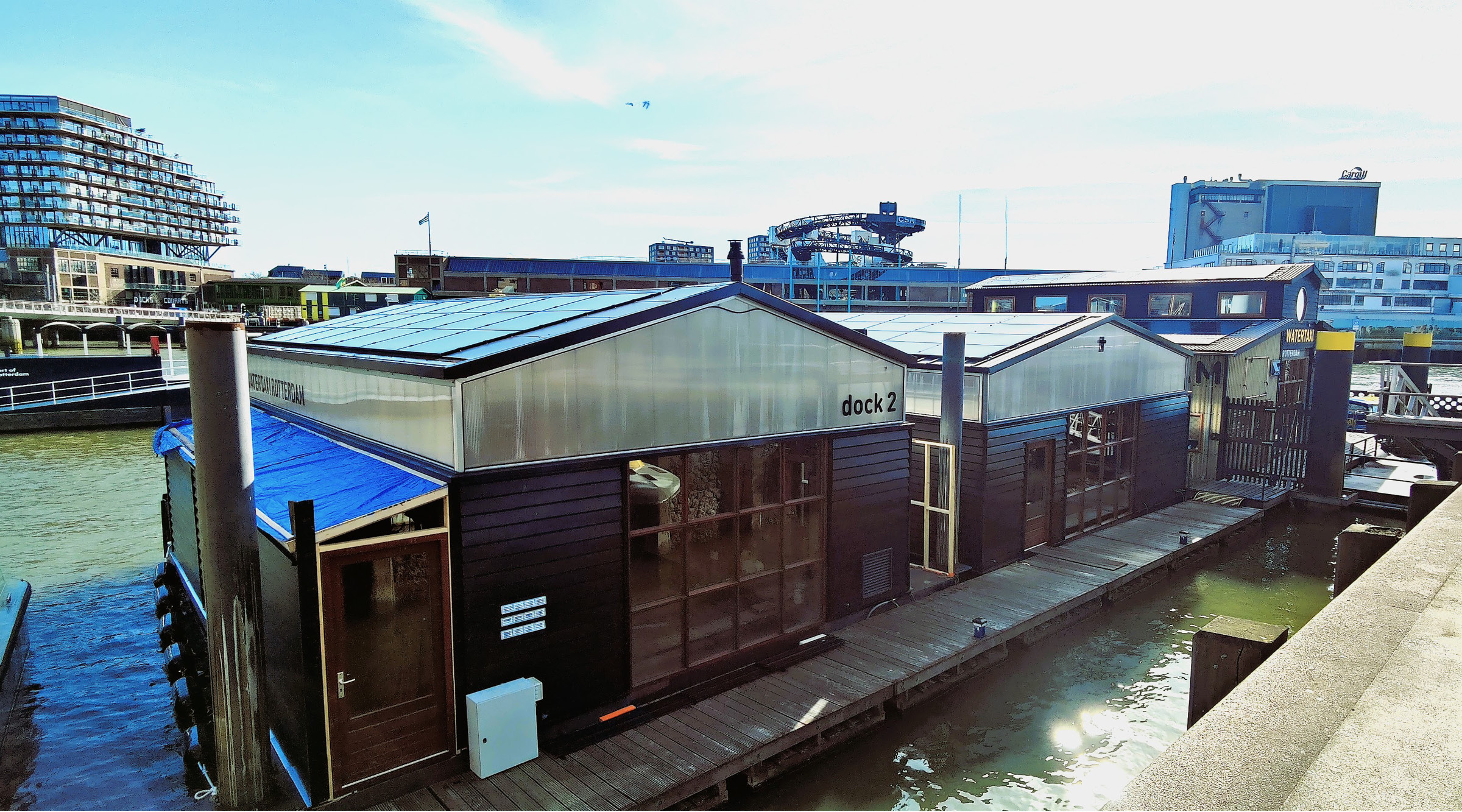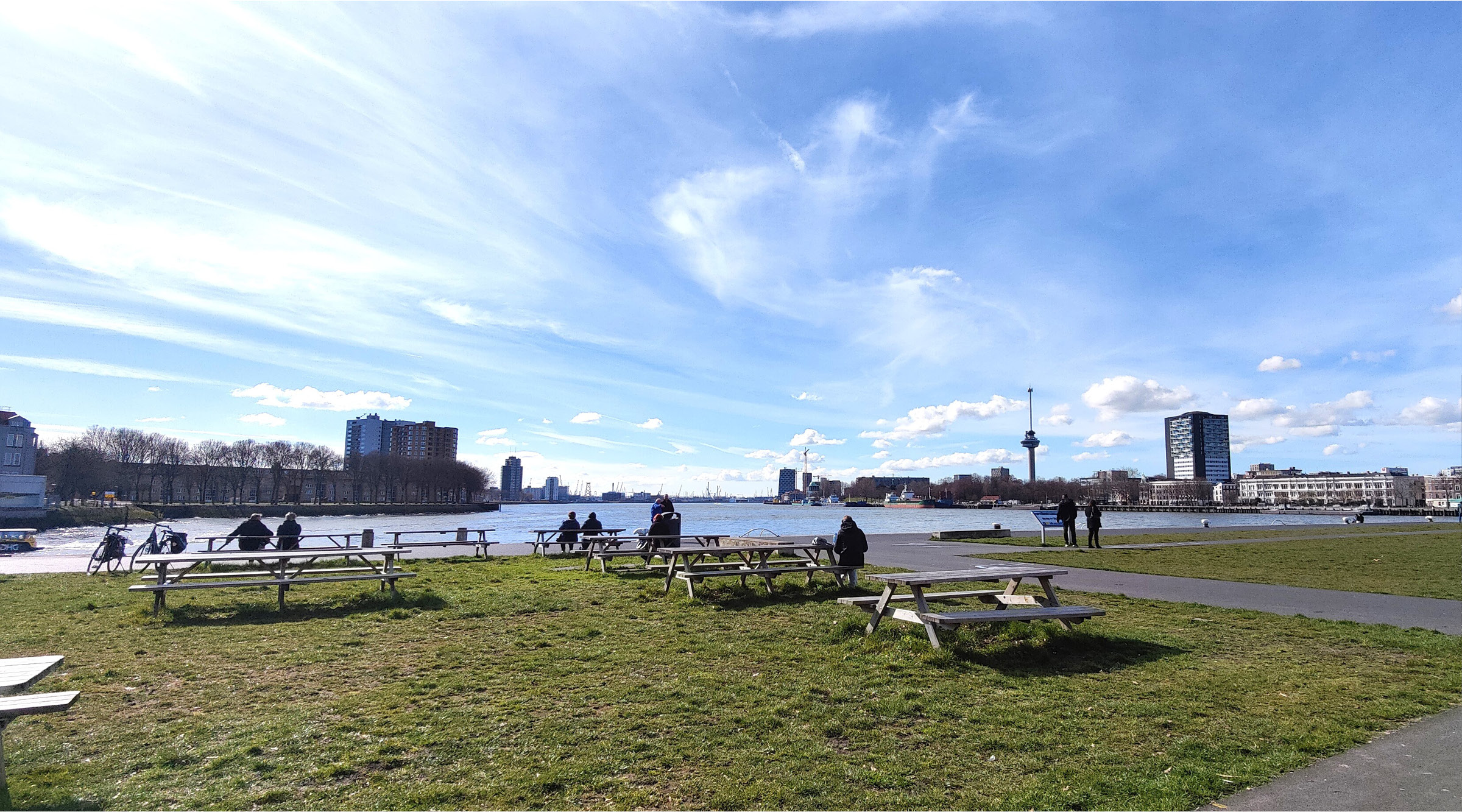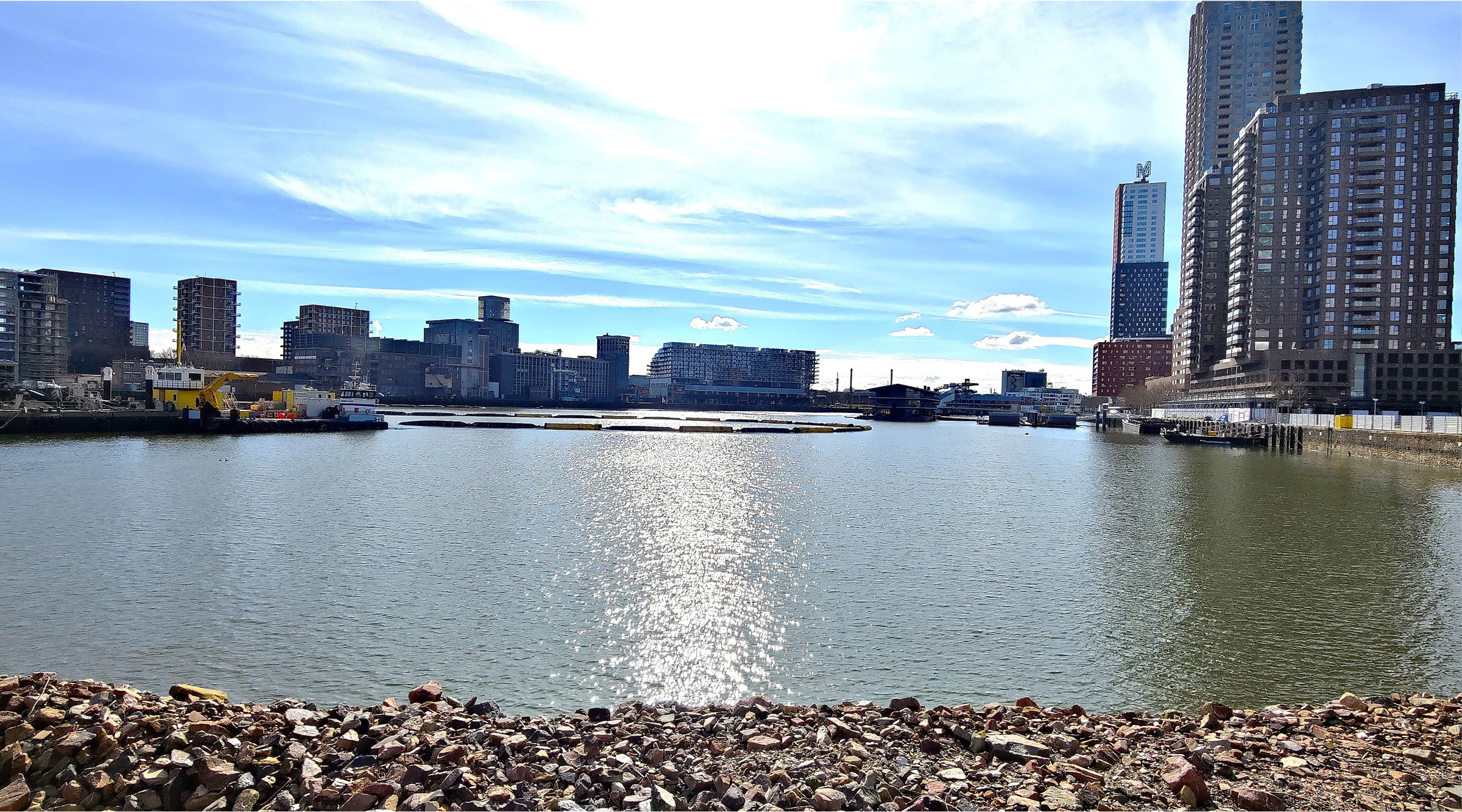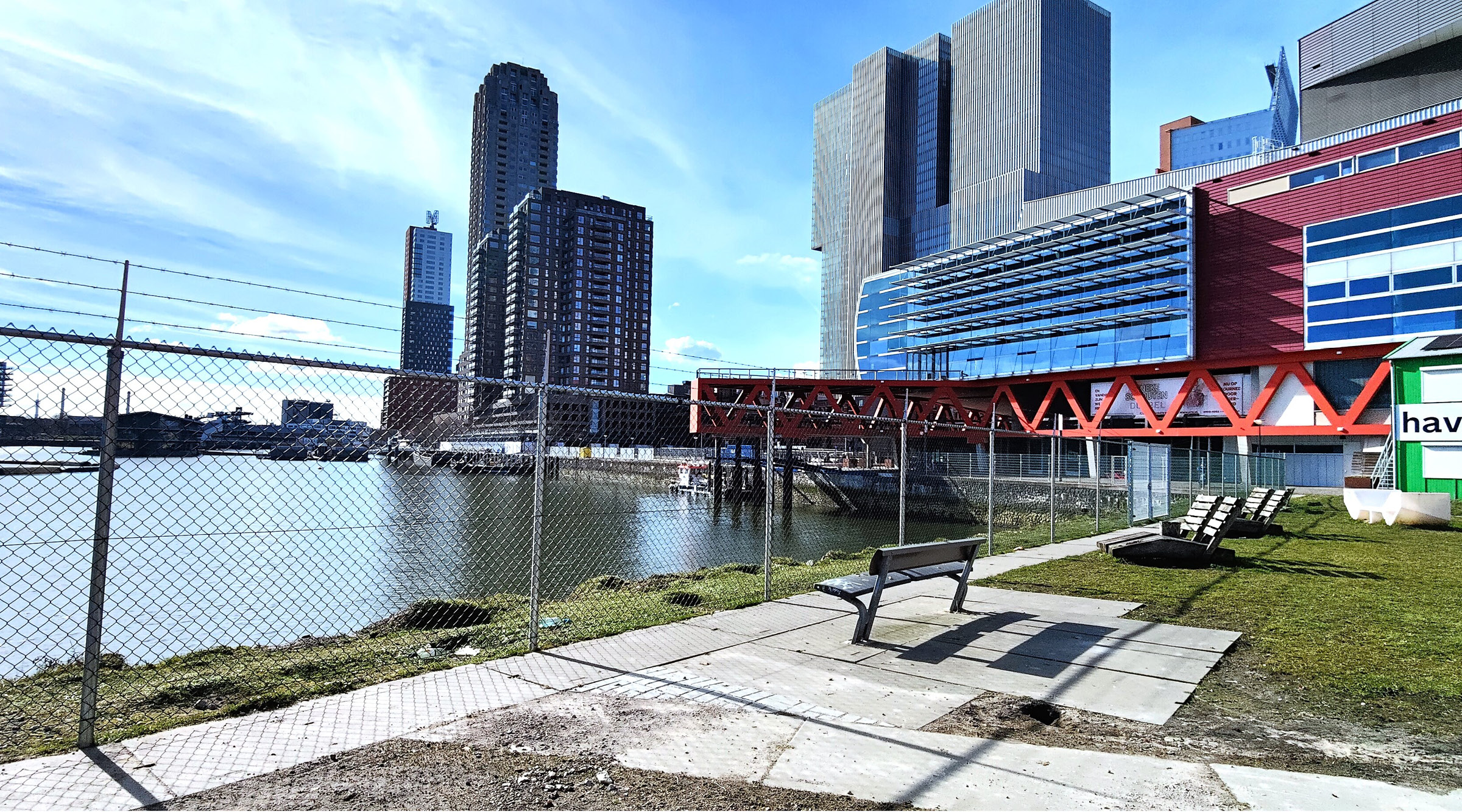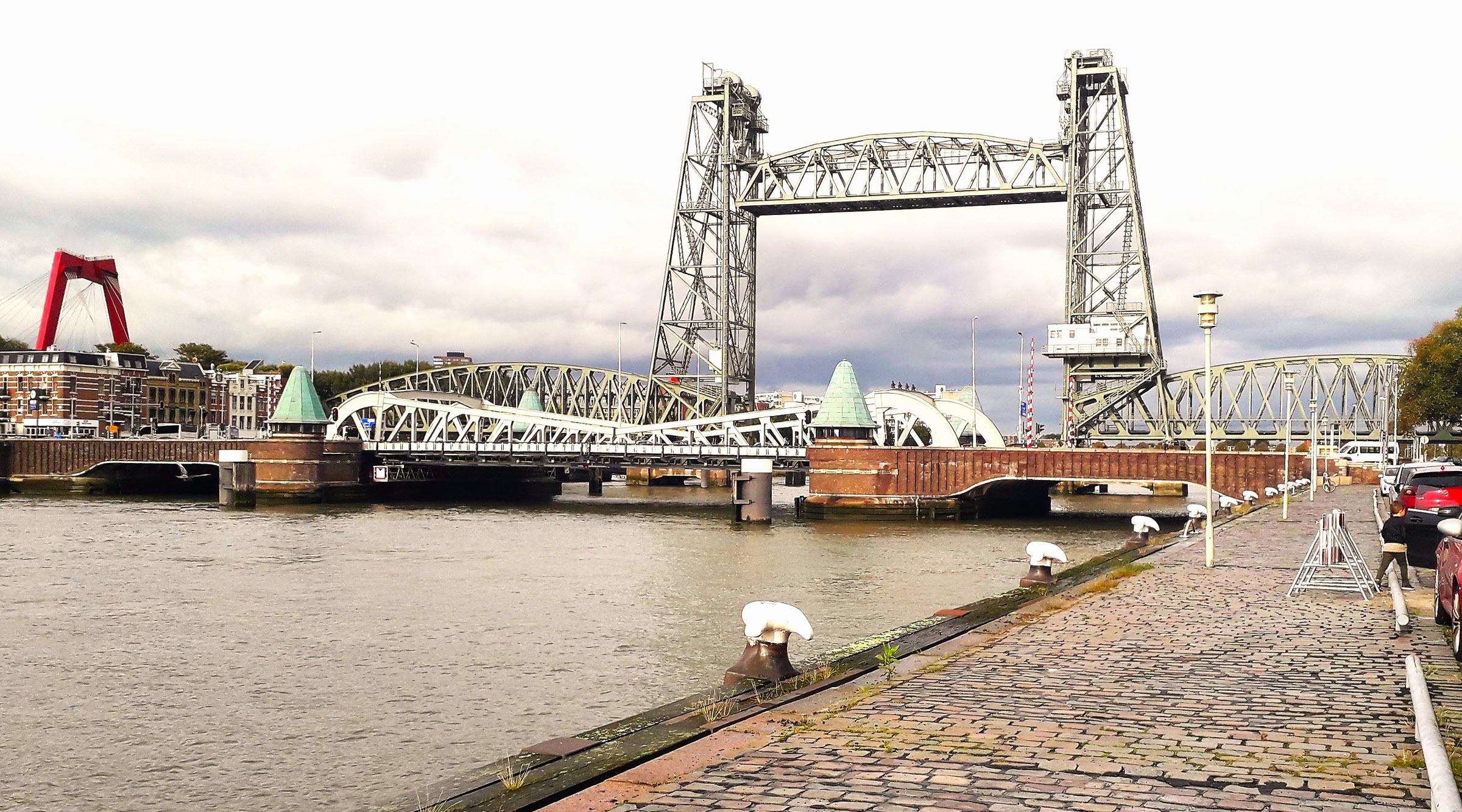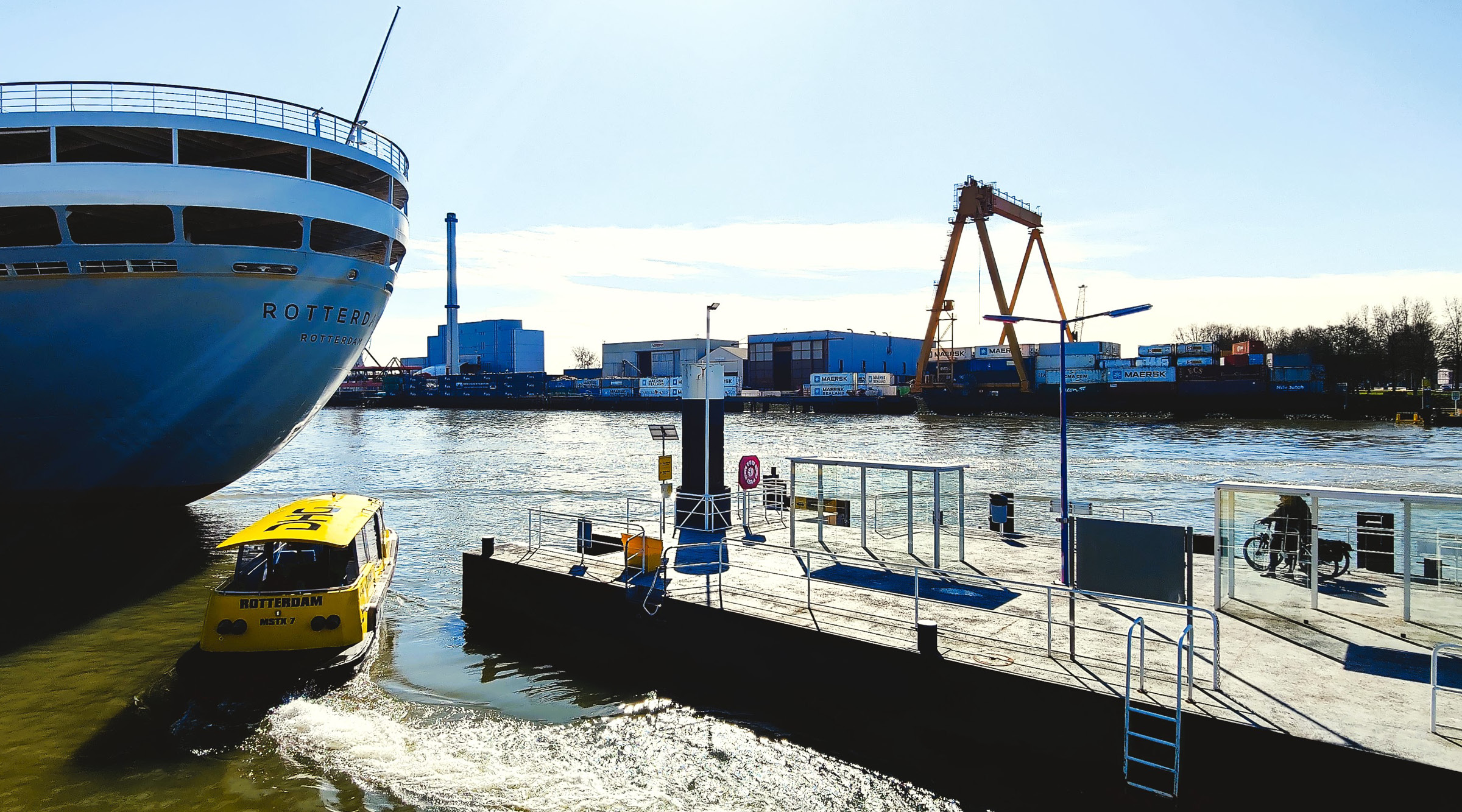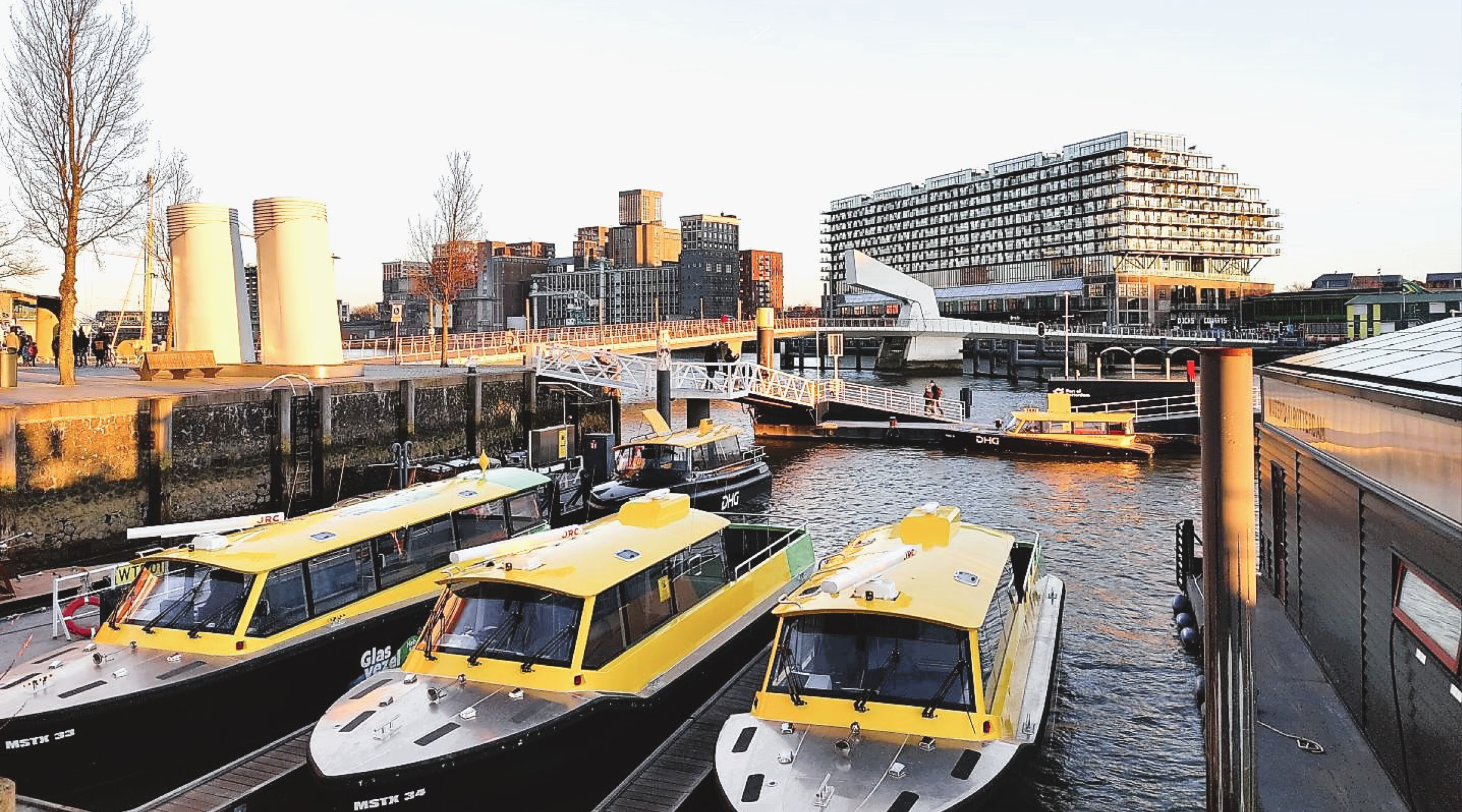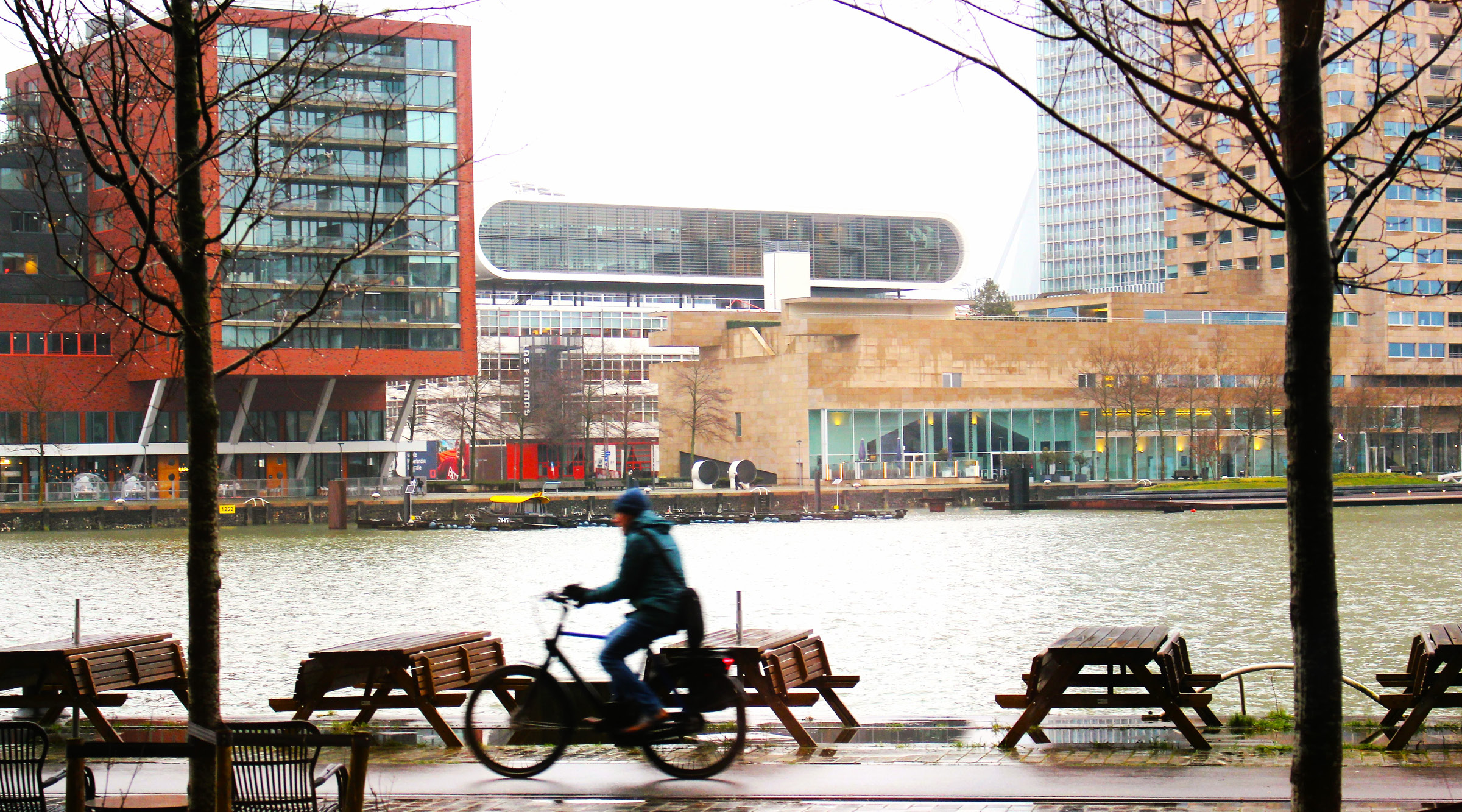Cycling through the identity of Rotterdam and Maas
Where the MAAS ends
21 maart 2023
As a contribution to UN 2023 Water Conference and New York Water Week, we documented the Maas River as a valuable identity for (and in) Rotterdam. This discussion from Rotterdam portrays the influence on the identity of the city by the MAAS river.
With a group of citizens, designers, urban thinkers and planners we biked along the river and revisited memory lane sharing stories of the Maas River. The video (below) and the Photo essay (slider) is an documentation of this event. Inspired by talks from Studio Marco Vermeulen and West 8, the importance of the Maas river is emphasized. Diving into the identity and landscapes of the river trail, we experienced the historic, ecological, economic, and social values views of the Maas river.
 Route.
Route.
UN 2023 Water conference
Who can speak better for water than rivers?
The voices of rivers, deltas and estuaries are seldom heard. Rivers are the key to human survival for the provision of fresh water, to facilitate transport or to produce renewable energy. At the same time, rivers are major polluters, carrying waste to the oceans. Together with universities and local NGOs and international experts, we aim to bridge the gap between nature and culture, between organic and man-made, and to develop new ways of engaging with diverse water bodies.
The proposal for UN 2023 Water Conference and New York Waterweek, is to collectively develop commitments from international partners for the future of clean, accessible, drinkable, and socio-ecologically fair rivers, deltas and estuaries that benefit our oceans. In the runup to the Conference, several documented walks around the world will be organized, to give rivers, estuaries, and watersheds a voice and to create a basis for a global initiative. Using social media and digital tools, we will engage a broader, younger audience in distinct locations around the world with the aim to accelerate change towards a more sustainable and just water world. Combining local stories with global narratives in a multi-scalar approach, enabling design-thinking and artistic interventions for the implementation of the Water Action Agenda.
Rotterdam
Perspective
Rotterdam is often labelled as the ultimate City of Reconstruction in The Netherlands. After the bombing of World War II, Cornelis van Traa (1899-1970) laid out The Basic Plan for creating a (then) utopian metropolitan landscape. The Maas River is an important river that flows through Rotterdam, which is the second-largest city in the Netherlands. Rotterdam is located on both banks of the river, and the port of Rotterdam is one of the largest and busiest ports in the world. The Basic Plan from Cornelis van Traa in 1946 imagined the river to be a link between different functions of the city, connected living, working and recreational landscapes, in addition to offering a clear contrast to the high-density urban character of Rotterdam. Isn’t it then imperative that Rotterdam infact is the City of River Maas?
The Rhine-Meuse(Maas)-Scheldt delta is the most densely populated delta region of Europe. The river delta offers a base for urbanisation, economics, and transportation to happen. The New Maas, that binds Rotterdam, is a distributary of river Rhine and is formed by the merger of rivers Noord and Lek. With Ridderkerk as its source, the New Maas flows 24kms to its mouth in Vlaardingen and cuts through Rotterdam on the west before eventually meeting the Old Maas. The New Maas, while separating neighbourhoods of the city, seamlessly connects it with the port, the sea, Europe, and the rest of the world. It is the river New Maas that has informed, adapted, re-iterated, and pushed regional development of Rotterdam – both economic and spatial.
The Netherlands is infact, a result of complex interaction between humans and water. The infrastructural practice of designing with water led to the earliest human settlements on land. Water has and will always determine what happens above the ground and is often looked at from four different perspectives:
- Socio Cultural Perspective: Impact on sustainable urban development.
- Historical Perspective: As a reason for existence and bringing identity to the cities.
- Water as a Threat: Water-management for draining water into the sea to prevent flooding.
- Water as a Service: As a base for economy and transportation.
Paul van de Laar & Peter Scholten wrote in the article, The Real Rotterdammer Is from Elsewhere! (2023), Rotterdam as A laboratory of integration. “From the 1970s onwards, the port city struggled with the integration of its guest workers, their families and the question of how these new Rotterdammers could find a place in society.” And how do the workers from outside Rotterdam reacted or responds to the river and the culture of Delta? “Rotterdam embraced experimental policy paths during the 1980s and 1990s, and became a laboratory for innovative integration policies that were mainly guided by socio-economic themes: work, education and housing. Cultural integration of minorities was not (yet) a major issue.” And we are still finding the integration of the migrated population for the perception of geographical value.
Rotterdam identifies itself as a port-city on a global scale, and rightly so. The post-war city hosts the largest harbour in the Eurodelta region. In addition to that, the city has proved to be a test-ground for urban innovations in terms of water-management, urban food-production, community and roof gardens – both on land and along the river. Rotterdam is the only city in The Netherlands where the river New Maas pushes the stakeholders to think from all four perspectives – from placing water as a base for sustainable urban development while bringing identity to a place to acting as both a service and a threat. Today, we see that even though there is a blur in the boundaries spatially and functionally within the city, the river has taken over the role of an activator for economic development.

